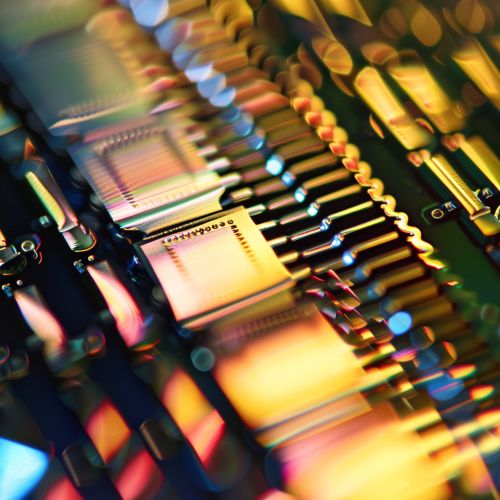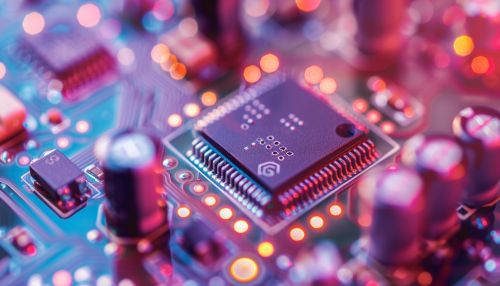Phototransistors
Introduction
A phototransistor is a semiconductor device that functions as a light-sensitive transistor. It is essentially a bipolar transistor that is encased in a transparent case so that light can reach the base-collector junction. The phototransistor takes in particles of light (photons) and converts them into electric current. Phototransistors have a wide range of applications, including in optical communications, digital technology, and sensor systems.


Working Principle
The operation of a phototransistor is similar to that of a normal transistor, but with one key difference. In a regular transistor, the base current is controlled to produce a larger collector current. However, in a phototransistor, the base current is controlled by the amount of visible or infrared light where the device is located. When light particles strike the base-collector junction, they excite electrons, thereby causing the current to flow through the device.
Types of Phototransistors
There are two main types of phototransistors: bipolar phototransistors and field-effect phototransistors (also known as photoFETs). Bipolar phototransistors work by using both positive and negative charges in a sandwich-like structure, while photoFETs operate using only one type of charge.
Bipolar Phototransistors
Bipolar phototransistors are the most common type of phototransistor. They are essentially a bipolar junction transistor (BJT) that has been modified to operate on light. When light enters the device, it strikes the base-collector junction. The absorbed light generates electron-hole pairs, which increases the conductivity of the base-collector junction, allowing current to flow.
PhotoFETs
PhotoFETs are a type of phototransistor that operate using a field-effect. They are similar to field-effect transistors (FETs), but with the gate replaced by a light-sensitive region. When light strikes the light-sensitive region, it changes the electric field, which controls the conductivity of the device, and hence, the current.
Applications of Phototransistors
Phototransistors have a wide range of applications due to their sensitivity to light. They are used in many types of light sensing applications, including light barriers, optical communication systems, and digital technology.
Light Barriers
Phototransistors are commonly used in light barriers, which are systems that detect the presence or absence of an object by using a light beam. When the light beam is interrupted, the phototransistor detects the change in light intensity and sends a signal.
Optical Communication Systems
In optical communication systems, phototransistors are used as detectors for light signals. They are particularly useful in fiber optic communication systems, where they can detect light signals transmitted over long distances.
Digital Technology
Phototransistors are also used in various types of digital technology. For example, they are used in optical mice, where they detect the movement of the mouse by sensing changes in light intensity.
Conclusion
Phototransistors are a key component in many different types of electronic devices. Their ability to convert light into electrical signals makes them invaluable in a wide range of applications, from simple light barriers to complex optical communication systems. As technology continues to advance, it is likely that the use of phototransistors will become even more widespread.
